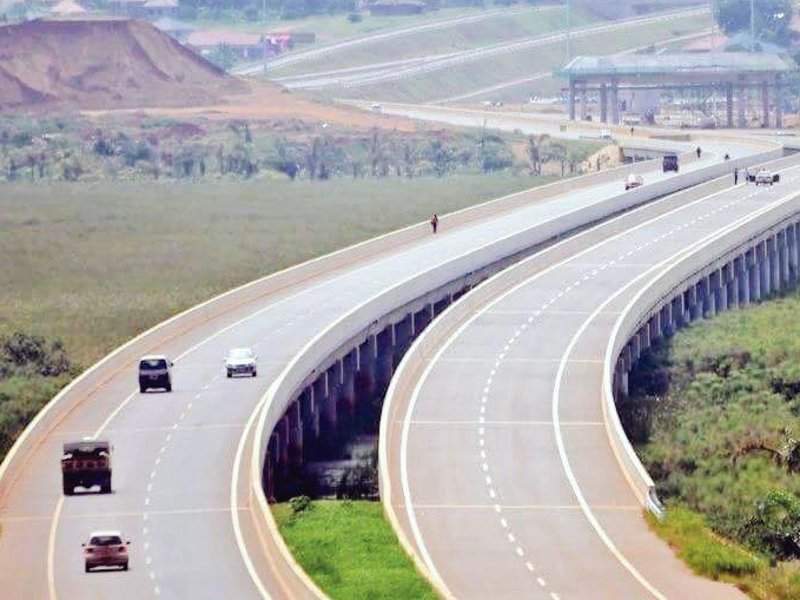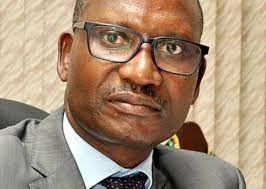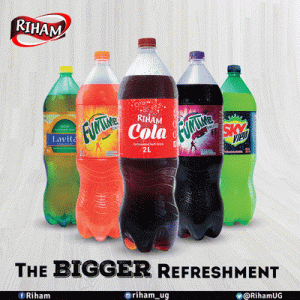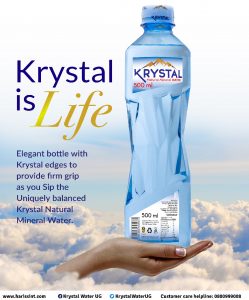TRANSPARENCY: CoST Uganda Commissions 2nd Infrastructure Transparency Index
By Mathew Kasujja
Kampala, Uganda|SHIFTMEDIA| The idea of drilling/sinking water borehole in developing countries like Uganda (East Africa) remains a key solution especially for rural communities, as it’s the only way such community members can have access to clean and safe affordable water.
Kasujja Mathew of Kasthew Drilling Company Uganda Ltd – East Africa takes us through a step-by-step guide of drilling and installing a complete borehole system in a developing country setting as follows;

Kasthew Hydrologist Survey Team on-site during Investigations, 2018 – (Uganda)
Phase One (1) – A Hydro-Geological Survey / Basic Feasibility Study After your initial contact we may arrange a site consultation. This may involve a representative of the drilling team and our installation team visiting site to establish the most suitable drilling site, and either a water diviner attending or a hydrological survey being undertaken. According to Mathew Kasujja of Kasthew Drilling Company Uganda Ltd – East Africa, “from our site visit an initial idea of whether the water-bearing aquifer will yield the quantity of water required will be established”. “Our visiting engineer will be happy to explain all the options to ensure that you get the correct system for our clients’ needs”.
Phase Two (2) – The Borehole Drilling and Casing This is undertaken by a drilling company, like Kasthew Drilling Company Uganda Ltd – East Africa who have a license/permit from the government to do so, using two methods mud-drilling and air drilling. The rig will come to the site and the borehole drilled, the depth may vary depending on the actual level at which the water is found but normally range between 50meters to 100meters in Uganda.
Kasujja adds that the drillers will also do casing of the borehole with screen and plain casing pipes ranging from 5inch to 8inch of diameter in Uganda, (line the borehole with a slotted liner at lower levels to allow water to percolate and a solid liner near the surface to prevent migration of surface water into the well).
Phase Three (3) – Pump Testing – Test-Pumping Once the borehole has been drilled, the borehole may require a pump test to ascertain the borehole yield (liters per hour of the drilled borehole) and borehole recovery rate. According to Kasthew Drilling Company Uganda Ltd – East Africa, boreholes in Uganda can yield between 1000Ltrs to 8000Ltrs per hour. According to Mathew Kasujja, during this process, the borehole is pumped over a period of time to assess both the volume of water it will produce and the speed at which the surrounding rocks will release the water.
If required Kasthew Drilling Ltd team normally develops a data recording pump controller that can be left onsite during this process (this requires a 220V, 10Amp power supply). The scope and length of the test pump will be dependent on a number of factors, such as anticipated flow rate and volume among other requirements.
Phase Four (4) Borehole-Water Quality Analysis / Test This will give you a breakdown of the chemical and bacterial parameters within the water, from this any additional water treatment equipment can be recommended. According to Kasthew Drilling Company Uganda Ltd, the parameters/elements normally tested in Uganda include; Alkalinity, Calcium, Colour (apparent), Electrical Conductivity, Hardness, Iron, pH (Physical-Chemical), Sulphate, Turbidity, Total Suspended Solids (TSS), Faecal Coliform and among others.
Phase Five (5): Installation of Borehole pump, Water Supply Equipment and Controls This follows after pump-testing and quality testing.

a. Electric and Solar Borehole Pump System: According to Mathew Kasujja of Kasthew Drilling Company Uganda Ltd, depending upon the speed at which the water is released from the rock there are two options. If the water is released quickly then the borehole itself can be installed i.e of between 5000Ltrs – 10,000Ltrs Per 1hour, If the rock releases water slowly then we can install the pump with a timer for controlling output in-line with borehole recovery rate.
The pump installed is a submersible water pump installed at the very depth of the borehole, but connected to the power source including the support rope. Pumping at a constant rate regardless of demand, these systems can be used to pump to a tank or used directly with a pressure vessel and control panel. Kasthew Drilling Company Uganda Ltd always recommends the use of dry run protection on all fixed speed systems. This kind of pump-system is dependent on hydro-electricity power, solar power or generator power. According to Mathew Kasujja of Kasthew Drilling Company Uganda Ltd, you only need to use variable speed pumping systems if the ground is capable of releasing the water quickly since they are capable of maintaining a constant pressure in relation to the varied flow rates. The pressure can be adjusted on the variable speed unit, which also includes protection against pump overheating and abnormal voltages in power supply. The main advantage of using a variable speed pump is the reduced running costs.

b. Community Handpump Borehole System: For developing countries like Uganda which still have many communities without electricity, the use of manual – handpump is highly recommended for sustainability. Mathew Kasujja of Kasthew Drilling Company Uganda Ltd emphasizes the use of stainless steel (S.S) pipes or UPVC plastic pipes during installation. Mathew Kasujja discourages the use of galvanized iron pipes and connecting rods for installation, as these are associated with borehole rusting – breakdown in Uganda. Upon installation, the community people can now have access to water directly from the borehole point by manually pumping the borehole. According to Mathew Kasujja, this method constitutes to about 86 percent of available boreholes in Uganda and is easy to maintain.

Phase Six (6) Pipework and Trenching Once you have installed an electric or solar borehole, you may be required to carry out all ground trenching and pipeline works for channeling water from the borehole into the storage tank. This according to Kasujja Mathew of Kasthew Drilling Company Uganda Ltd involves the laying of pipes and cables from the borehole to the system controls and on to the service line.
Phase Seven (7) Additional Treatment On rare occasions, the quality of water and minerals supplied by boreholes sometimes may require treatment, typically for bacteria or sediment but some time for other chemical parameters. If the property you and your family live in is the only property supplied by a water source, and only your family drinks the water, and the water sample is clear, treatment may not be required although you do have a duty of care to supply a safe supply of water. If the supply is being used by a company/ business or is a shared supply then treatment for sediment and bacteria will be required as a minimum by the local authority along with any other recommendations made from the findings of the water test in line with a site-specific risk assessment.
Phase Eight (8) Maintenance and Risk Assessments Once installed and commissioned your borehole system should provide many years of trouble-free service if maintained properly. As a minimum, annual checks should be made to the pumping equipment, pipework, and any treatment equipment. Mathew Kasujja indicates; “We would be happy to help in the production of your private water risk assessment if required”. Kasthew Drilling Company Uganda Ltd normally offers a comprehensive service and maintenance scheme to their clients who include; schools, churches, village communities, NGOs, CBOs, religious funding organizations, farms, factories, individual homes, among other client from within Uganda so as to be sure the borehole is operating efficiently for a longer period.
The writer is a Projects Director Kasthew Drilling CompanyUganda Ltd (EAST AFRICA)
Mob/Watsup +256781580278, +256704032414
Email: info@kasthewdrilling.co.ug
Colline House, Pilkington Road, Uganda – Kampala East Africa








